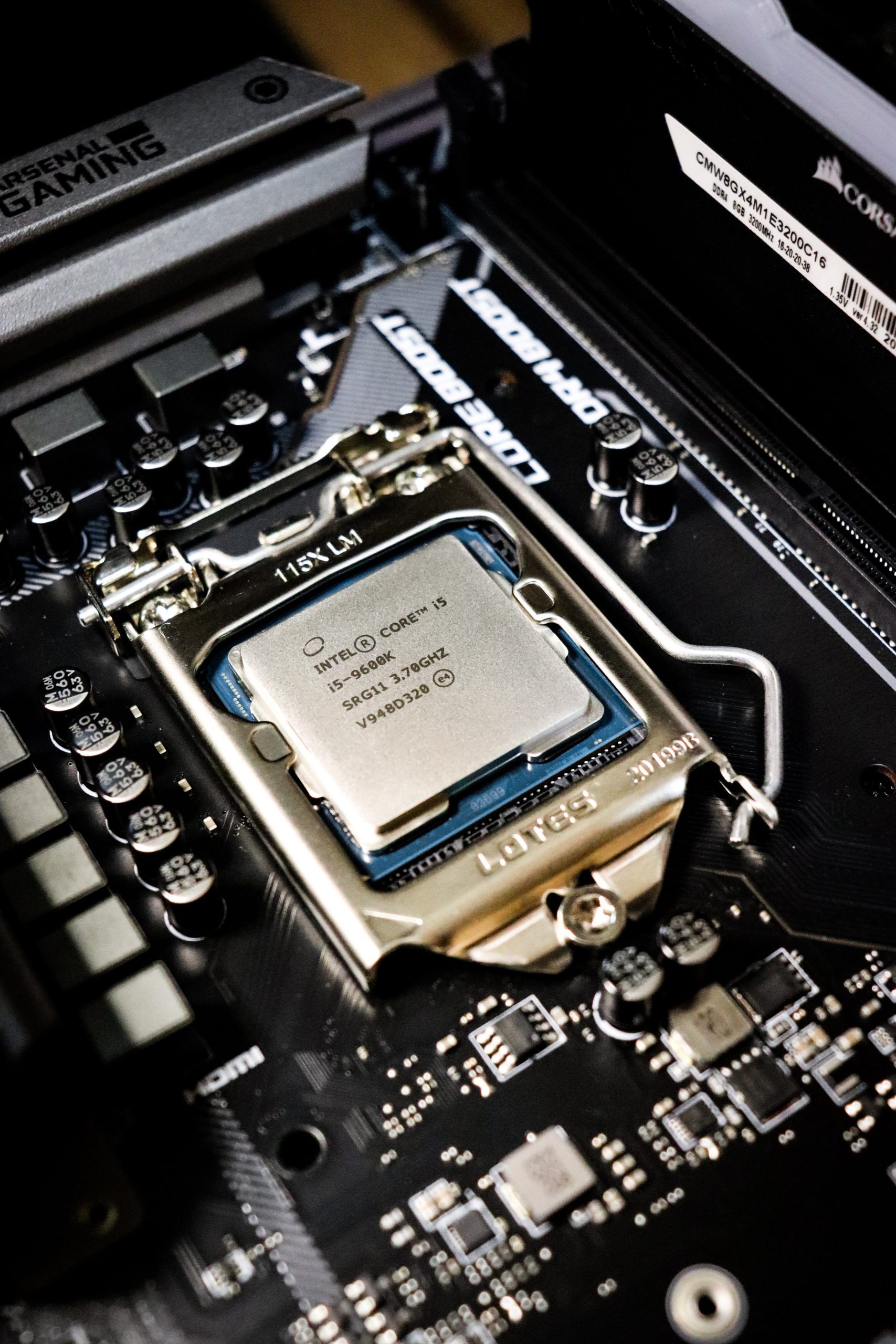Intel recently announced that it will cut its dividend by nearly half in order to fund “critical investments”. This has caused some investors to panic as they fear the impact this may have on their portfolios. But what exactly does this mean for investors and what should they be doing? In this blog post, we’ll take a look at Intel’s decision to cut its dividend and examine the potential implications for investors. We’ll also discuss what options are available for those who are looking to mitigate any losses and protect their investments.
Intel Cuts Dividend To Fund ‘Critical Investments’
Intel (INTC) has announced that it is cutting its dividend for the first time in a decade. The company plans to use the savings to invest in “critical areas” including 5G, artificial intelligence, and other next-generation technologies.
The move comes as Intel faces increased competition from rival chipmakers such as TSMC and Samsung. Both of those companies have invested heavily in cutting-edge manufacturing technologies, and they are starting to reap the benefits with faster and more powerful chips.
Intel has been slower to move on investing in new technologies, and its manufacturing process is now lagging behind its rivals. The company is hoping that by reinvesting its dividend it can catch up to its competitors and maintain its position as the leading chipmaker.
The decision to cut the dividend is not an easy one for Intel, as it has long been one of the company’s key differentiators from other tech firms. However, Intel believes that this move will allow it to stay ahead of the competition in the long run.
What Does This Mean For Investors?
The news of Intel cutting its dividend may have come as a surprise to some investors. After all, the company has been paying out dividends for more than 25 years. But with the current state of the economy, Intel is not alone in making this decision. Many companies are reconsidering their dividend payments in order to preserve cash and make critical investments.
So what does this mean for investors?
For starters, it means that income-focused investors may need to reconsider their investment strategies. While Intel remains a strong company with a solid balance sheet, it is no longer the reliable dividend payer it once was. Investors who are relying on dividends for income may need to look elsewhere.
However, this doesn’t mean that Intel is a bad investment. The company is still well-positioned in several key markets and is making the necessary investments to stay competitive. For growth-oriented investors, Intel still presents an attractive opportunity.
Ultimately, each investor will need to decide if Intel is still a good fit for their portfolio given the recent changes to the company’s dividend policy.
How Will This Affect Shareholders?
The question of how a cut in dividends will affect shareholders is a difficult one to answer. There are those who feel that the move signals a lack of confidence on the part of management, and that it will lead to a sell-off in the stock. Others believe that the dividend cut is a prudent move in order to allow the company to reinvest in itself and position itself for future growth. Ultimately, it is up to each individual shareholder to decide what they believe is best for their personal investment strategy.
What Are The ‘Critical Investments’ That Intel Is Planning to Make?
Intel is set to make a number of “critical investments” in the near future in order to stay competitive in the ever-changing tech industry. Some of these investments include:
- Increasing its focus on artificial intelligence and data center technology.
- Investing in new chip manufacturing processes and technologies.
- Accelerating its transition to next-generation memory technologies.
- Strengthening its position in the 5G market.
- Investing in new areas such as quantum computing and autonomous driving.
These are just some of the many areas that Intel is looking to invest in order to maintain its leading position in the tech world. While some of these investments may not pay off immediately, they are necessary for the company to stay ahead of the curve and keep up with the latest trends and technologies.
How Will These Investments Benefit Intel in the Long Run?
Intel has been facing some challenges in recent years, including competition from other companies in the smartphone market and a slowdown in the personal computer market. In order to stay competitive, Intel is making some “critical investments” that it believes will benefit the company in the long run. These investments include:
-Developing new technologies, such as its new 10nm process technology
-Expanding into new markets, such as the Internet of Things and data centers
-Making acquisitions, such as its recent purchase of Mobileye
Conclusion
Intel’s decision to cut its dividend is a definite cause for concern, especially when it comes to the impact on investors. While Intel has promised that the move will allow them to fund critical investments and help further their business objectives in the long run, there are still many questions about how this will affect shareholders in the near future. Nevertheless, as an investor it’s important to stay informed about changing industry trends so that you can make informed decisions regarding your own portfolio.




